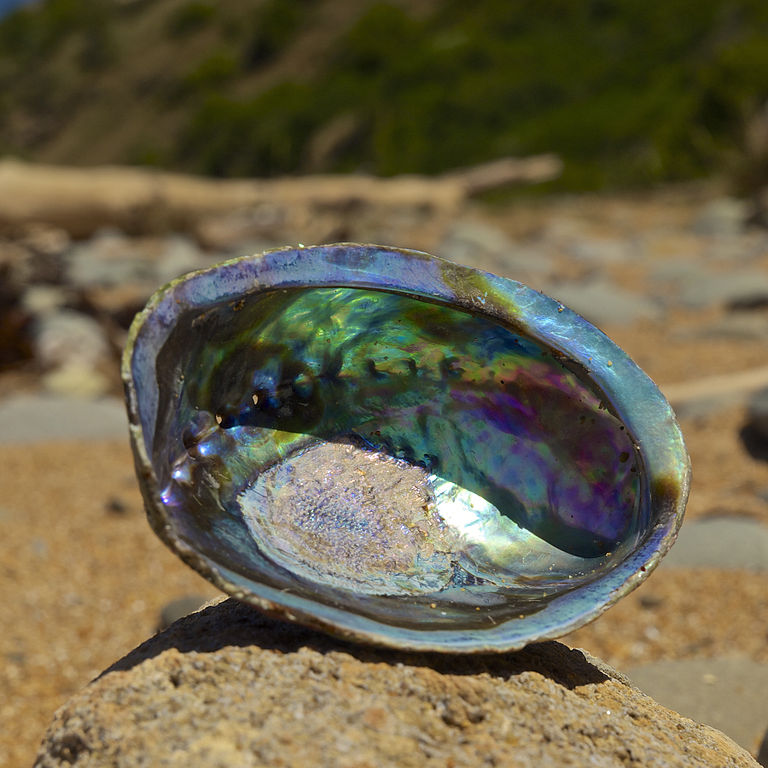In my posts on collective nouns, parts one and two, I had many examples for birds and humans and other animals. Even plants were represented. I could have gone on and on, listing existing collective nouns and inventing my own, but I stopped myself. I wanted the posts to be brief, both to prevent boredom and to encourage readers to explore further. Naturally, this meant that many good examples were left out. This post is about one of those.
Starlings have numerous collective nouns attached to them, including a chattering, a clattering, a cloud and a congregation, but the one I favor is a murmuration. When starlings are flocking and swooping around in the sky, that’s murmuration.
How do all the birds in a murmuration maintain such coordinated flight? They keep it simple: avoid collisions. Each bird keeps a minimum distance, on the scale of its wingspan, from its immediate neighbors. Analysis of high-speed video reveals that each bird keeps track of six or seven others. Why do they do it? The practical purpose is to evade and confuse predators, such as falcons. But when they’re doing it just before roosting for the night, I think they’re doing it for fun. Starlings are highly social birds. Activities like murmuration can contribute to social bonding.
Here’s a nice video of murmuration. Here’s another, with narration. Listen to them murmur.
Update: Wildlife photographer Albert Keshet has captured a remarkable momentary image of a flock of birds forming the shape of a spoon with a heap of sugar.
See more photos and videos in this BBC article about it.
Another murmuration that looks like something, this one by James Crombie.
rjb












































